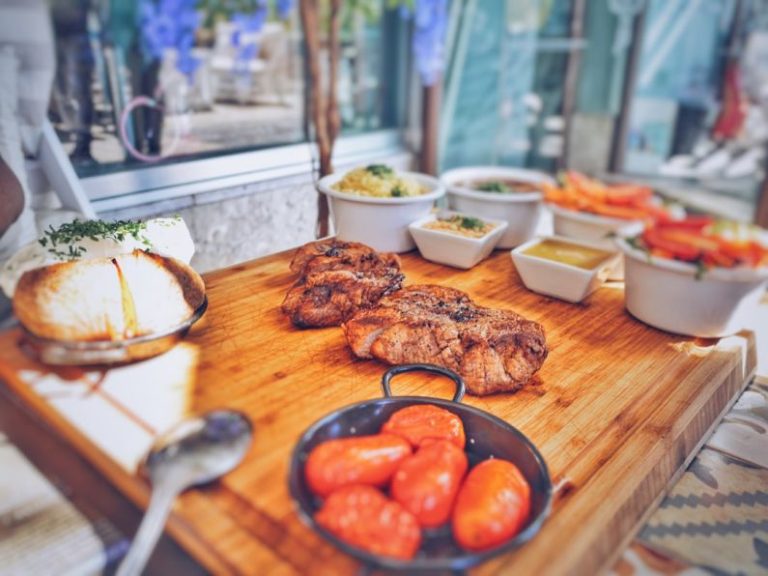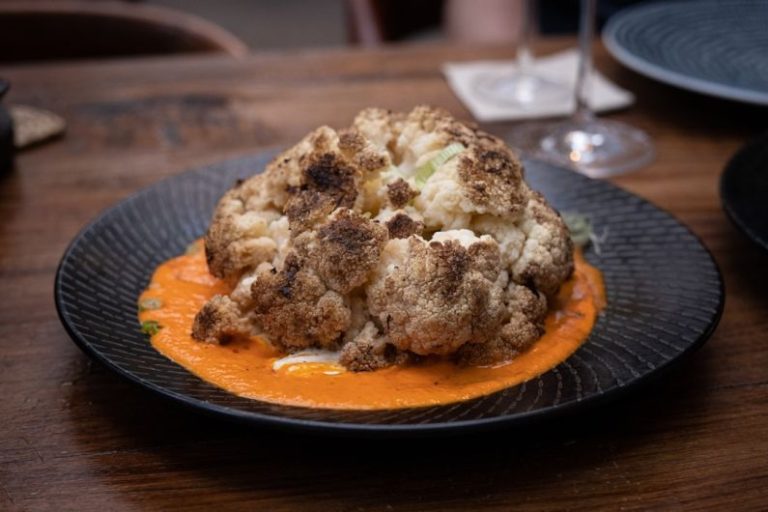
Dining etiquette is more than just a set of rules; it is a reflection of cultural values and traditions that have been passed down through generations. The way people eat, behave, and interact during meals can vary greatly depending on the cultural context in which they find themselves. Understanding the role that culture plays in dining etiquette is crucial to navigating social situations successfully and showing respect to others.
Cultural Influences on Table Manners
Table manners are deeply rooted in culture, reflecting societal norms, beliefs, and values. In some cultures, eating with your hands is perfectly acceptable and even preferred, while in others, using utensils is the standard practice. For example, in many Middle Eastern and South Asian countries, it is common to eat with your hands, using bread or rice as a tool to scoop up food. In contrast, Western cultures place a strong emphasis on using utensils and maintaining a certain level of formality during meals.
Moreover, the way food is served and shared can also vary significantly across cultures. In some cultures, communal dining is the norm, with dishes being placed in the center of the table for everyone to share. This fosters a sense of community and togetherness during meals. On the other hand, individual plates and portions are more common in Western cultures, emphasizing personal space and autonomy.
Cultural Significance of Dining Rituals
Beyond table manners, dining rituals hold great cultural significance and are often steeped in tradition. For example, the Japanese tea ceremony is a highly choreographed ritual that emphasizes mindfulness, harmony, and respect. Each movement and gesture has a specific meaning, reflecting the deep cultural values of the Japanese people.
Similarly, the act of sharing a meal in many cultures is seen as a way to strengthen social bonds and foster relationships. In Italy, for instance, mealtime is a sacred ritual that brings families and friends together to share not only food but also stories, laughter, and love. The emphasis is not just on eating but on the act of coming together and connecting with one another.
Adapting to Different Cultural Norms
When dining in a culture different from your own, it is essential to be open-minded and respectful of local customs and traditions. Being aware of and sensitive to cultural differences can help avoid misunderstandings and show that you value and respect the host culture.
One way to adapt to different cultural norms is to observe and follow the lead of your hosts or companions. Pay attention to how they eat, where they place their utensils, and how they interact with each other during the meal. By following their cues, you can show that you are attentive and respectful of their way of doing things.
Another important aspect of adapting to different cultural norms is to be willing to try new foods and experiences. Food is a central part of culture, and being open to trying new dishes shows a willingness to engage with and appreciate the host culture. Even if something seems unfamiliar or strange at first, approaching it with an open mind can lead to new and enriching experiences.
Navigating Cross-Cultural Dining Situations
In today’s globalized world, cross-cultural dining situations are becoming increasingly common. Whether you are dining with colleagues from different countries, attending a multicultural event, or traveling to a foreign land, understanding the role that culture plays in dining etiquette is essential for building positive relationships and avoiding misunderstandings.
When navigating cross-cultural dining situations, it is crucial to approach them with an open mind and a willingness to learn. Asking questions, being curious, and showing respect for different cultural practices can go a long way in fostering understanding and connection. By being mindful of cultural differences and adapting to new situations, you can navigate cross-cultural dining with ease and grace.
In conclusion, culture plays a significant role in dining etiquette, shaping the way people eat, behave, and interact during meals. By understanding and respecting cultural norms and traditions, we can navigate social situations successfully, show respect to others, and build positive relationships across cultures. Dining etiquette is not just about following rules; it is a reflection of the values and traditions that bind us together as a global community.





